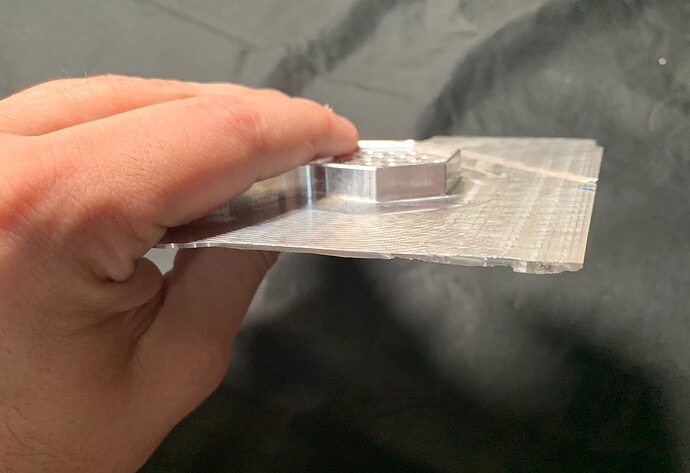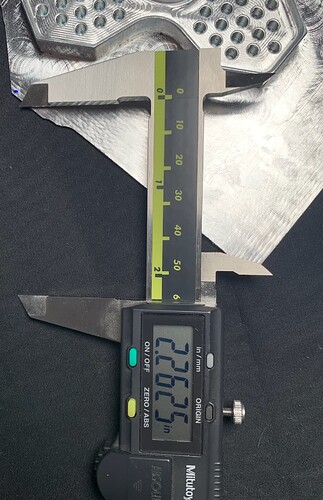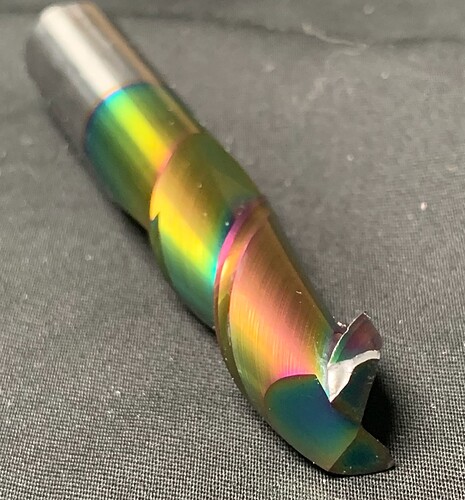I know it will depend on the metal but is there a rough rule of thumb for how thin of stock for the most common metals (steel, aluminum, brass) you can mill vs needing something like a CrossFire? Or perhaps another way of asking, what’s the thinnest you’ve been able to mill without deformation or it moving on you for the above metals? Some early asks for things to make that include thinner parts have me wondering if I have to get another machine or if I can make due with the MR1 for now for one-offs.
You can mill extremely thin if you glue it to a backer.
What would commonly be used as a backer? I would think the glue would have to be really strong to keep it in place though.
A PSA or some double stick tape can work fine.
I’ve only done some brass sheet, just super glued it to an aluminum plate. A little heat with a small propane torch and it comes right off.
So it looks like there are a number of ways to handle it, thanks for the info!. The vacuum holding I had seen before but hadn’t thought of in this instance for some reason. Anyone found a good one to use with the MR1?
There are no real “hard limits” on thinness.
Challenges with thin milling (high ratio of unsupported length to thickness) arise from unsupported length reducing the resonant frequency and stiffness of the part. The cutting forces cause the part to resonate and cyclicly impact the tool causing failure. See my fun adventure below, it’s at least a datapoint for what definitely not to do. Smaller cutting tools apply less force, so they will not excite a part as strongly; smaller tools are also more fragile. Somewhere it all meets in the middle.
Eventually, the part is so thin and foil like that the cutting forces cause the part to plastically deform and tear a distance away from the tool, typically at the nearest support.
I stumbled across a video from StoneyCnC. They use some strong 3M tape and CA glue and stick pieces down to aluminum spoil boards. I’ve used this method a few times for aluminum and polycarbonate. You get a ton of surface area with the tape adhesion and the CA glue sticking the tape strips together.
I wouldn’t go hogging off bigger depth of cut with it quite yet, but for thin brass, aluminum or plastic it is a quick and solid fixturing method. Anything that’s thin enough to worry about edge clamping for sure.
Look into down cut endmills. You will still need to attach the sheet to a backing of your choosing with double sided tape, glue or a vacuum table/fixture. The down cut endmills will help mitigate pulling the sheet metal up away from the mounting surface and tend to push it down harder into the mounting surface.



